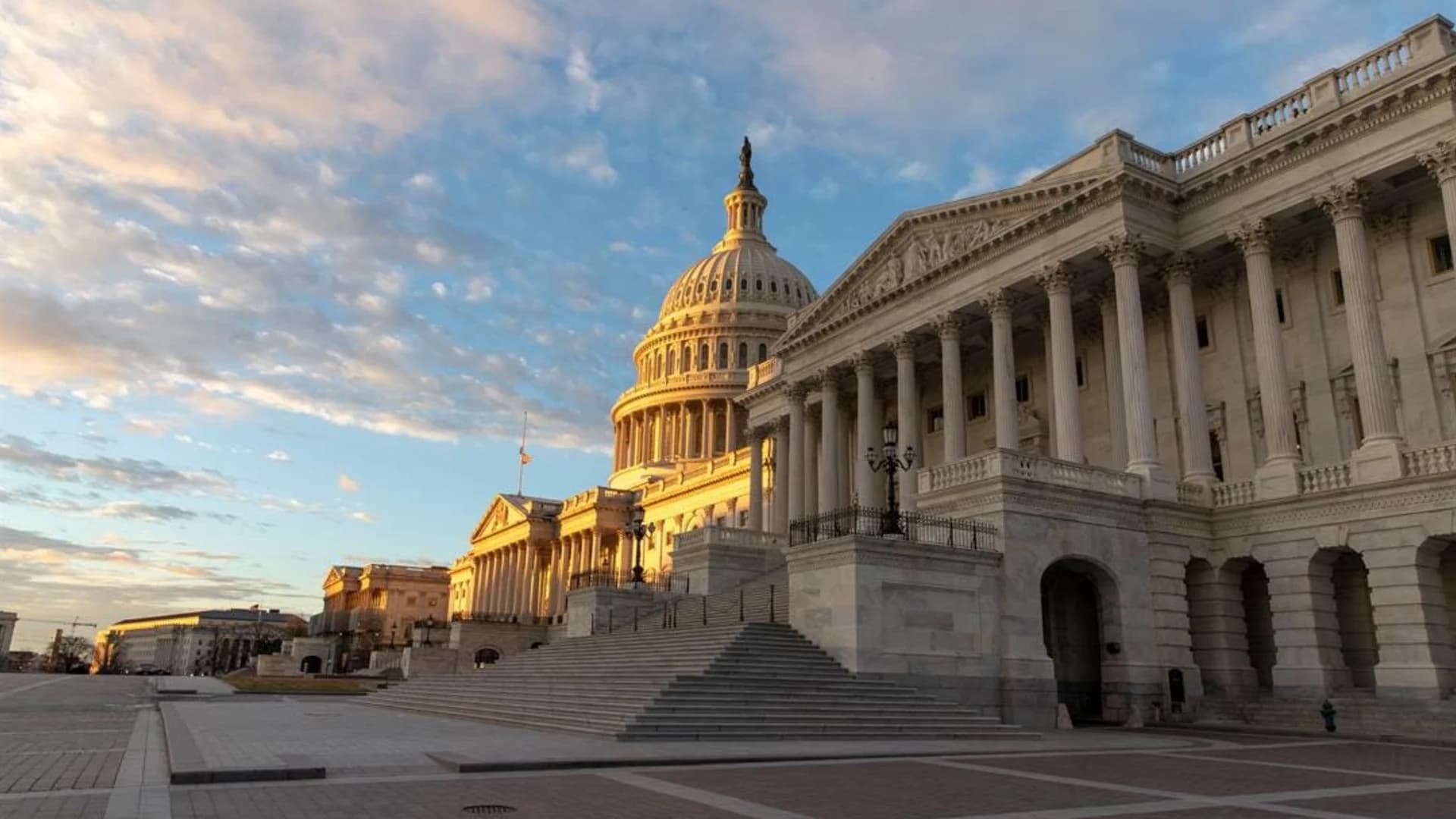
By The Associated Press
A look at the impact of the partial government shutdown:
____
WHAT'S OPEN AND WHAT'S CLOSED
Social Security checks will go out and troops will remain at their posts. Doctors and hospitals will receive their Medicare and Medicaid reimbursements. The U.S. Postal Service, busy delivering packages for the holiday season, is an independent agency and won't be affected.
Virtually every essential government agency, including the FBI, the Border Patrol and the Coast Guard, will remain open. Transportation Security Administration officers will staff airport checkpoints.
The air traffic control system, food inspection, Medicare, veterans' health care and many other essential government programs will run as usual. The Federal Emergency Management Agency can continue to respond to disasters.
Nearly all of the Department of Homeland Security's 240,000 employees will be at work because they're considered essential.
Special counsel Robert Mueller's office, which is investigating potential ties between the Trump campaign and Russia, is unaffected by a shutdown.
But hundreds of thousands of federal workers will be forced off the job, and some services will go dark.
The Washington Monument and many other iconic park service attractions would close, as would museums along the National Mall.
In the past, the vast majority of national parks were closed to visitors and campers, but during the last government shutdown, in January, the Interior Department tried to make parks as accessible as possible despite bare-bones staffing levels.
Arizona and Utah officials put in place plans to keep open Grand Canyon, Zion, Arches and Bryce Canyon and Zion national parks.
In California, the entrances to Yosemite National Park stayed open Saturday but visitor centers were closed, National Park Service programs were canceled and campgrounds were not staffed
A notice from the National Park Service said the Statue of Liberty and Ellis Island were open, thanks to funding from New York state. It's the third time in five years the state has kept the Statue of Liberty and Ellis Island open during a federal shutdown. And Acadia National Park in Maine is going to "remain as accessible as possible," the park said in a statement.
___
FEDERAL WORKERS STILL GET PAID - EVENTUALLY
While they can be kept on the job, federal workers can't get paid for days worked while there is a lapse in funding. In the past, however, they have been repaid retroactively even if they were ordered to stay home.
The Senate already has passed legislation ensuring that workers will receive back pay. The House seems sure to follow suit.
Federal employees already were granted an extra day of vacation on Monday, Christmas Eve, thanks to an executive order that Trump signed this past week.
Federal workers are exempted from furloughs if their jobs are national security-related or if they perform essential activities that "protect life and property."
According to a report by Democrats on the Senate Appropriations Committee, more than 420,000 federal employees deemed essential would continue to work without pay during a partial shutdown, including about 41,000 law enforcement and corrections officers and nearly 150,000 Homeland Security employees.
More than 380,000 employees will be furloughed - including nearly all of NASA and Housing and Urban Development and 41,000 Commerce Department employees. About 16,000 National Park Service employees - 80 percent of the agency's workforce - will be furloughed, and many parks will close. Some parks already are closed for the winter.
Among those set to be furloughed: 52,000 staffers at the Internal Revenue Service, slowing analysis and collection of hundreds of thousands of tax returns and audits.
___
SHUTDOWNS HAPPEN
Shutdowns happened every year when Jimmy Carter was president, averaging 11 days each. During President Ronald Reagan's two terms, there were six shutdowns, typically just one or two days apiece.
Before a three-day lapse in January, caused by Democrats' insistence that any budget measure come with protections for young immigrants known as "dreamers," the most recent significant shutdown was a 16-day partial shuttering of the government in 2013.
That one came as tea party conservatives tried to block implementation of President Barack Obama's health care law. The government also shut down for a few hours last February amid a partisan dispute over deficit spending.
(Copyright 2018 The Associated Press. All rights reserved. This material may not be published, broadcast, rewritten or redistributed.)
12/22/2018 1:00:10 PM (GMT -5:00)
More from News 12
2:44

Heavy snow to disrupt local travel starting Friday evening in New Jersey
1:49

Gov. Murphy expected to sign bill banning cell phone usage in NJ schools
2:08

'We don't want you here.' Passaic restaurant goes viral after receiving anti-Muslim letter
2:28

Santa’s spirit fills Montclair toy store as shoppers rush in
1:58

NJCDC holiday tradition brings joy to Paterson families
0:33
